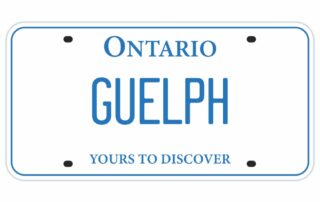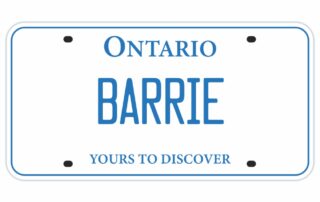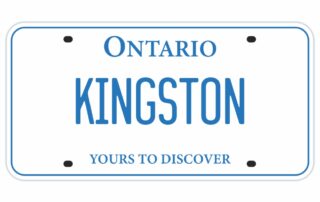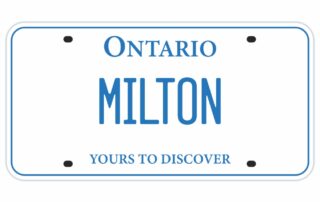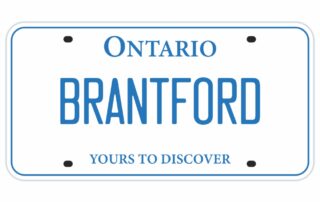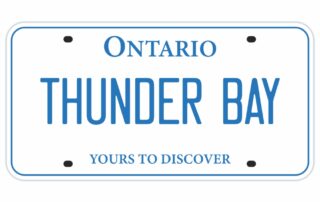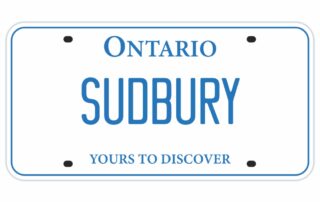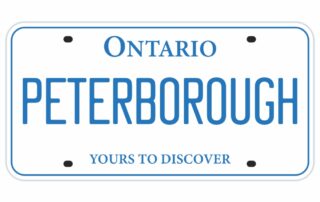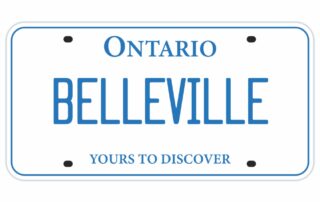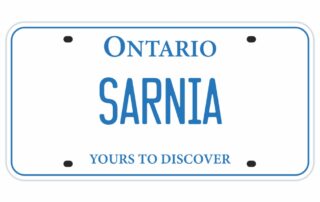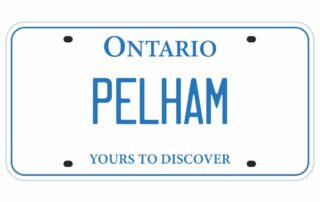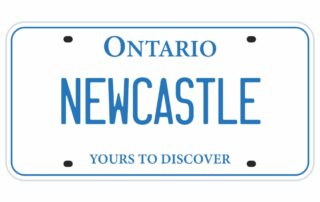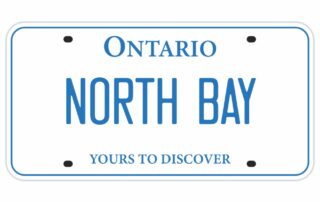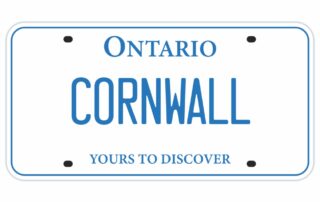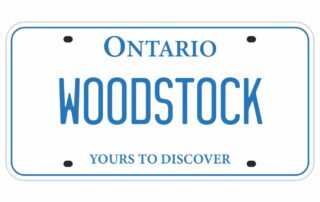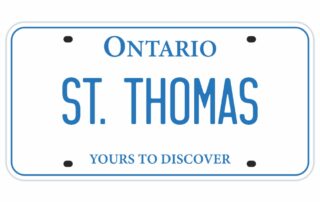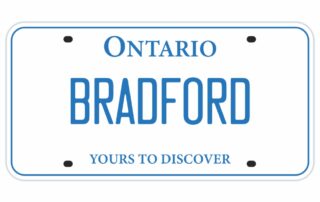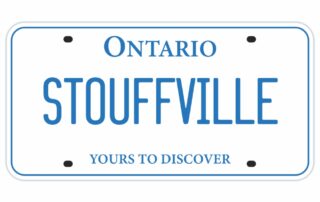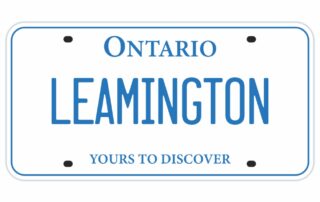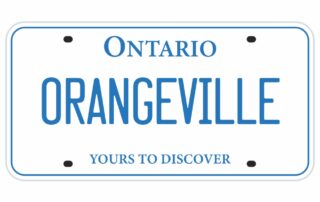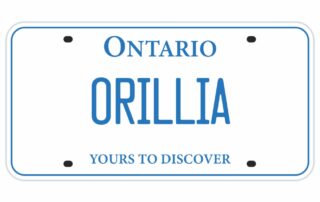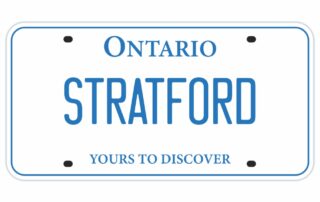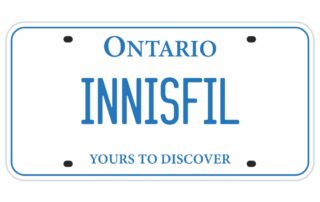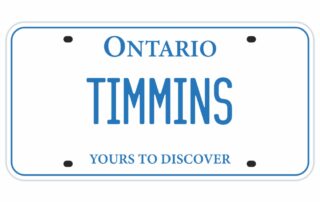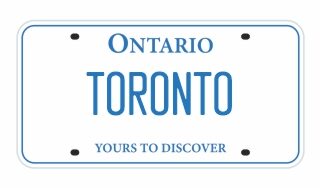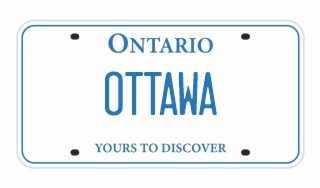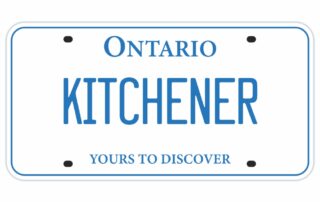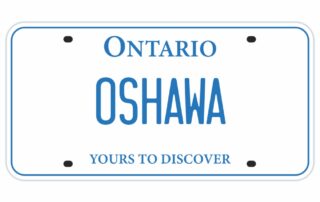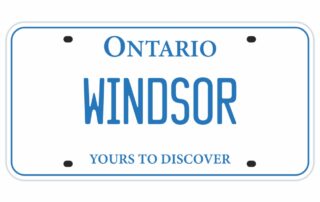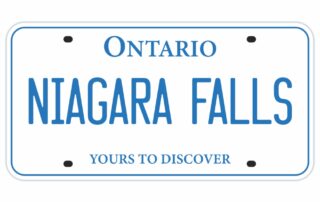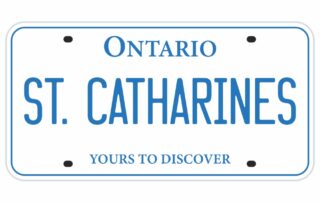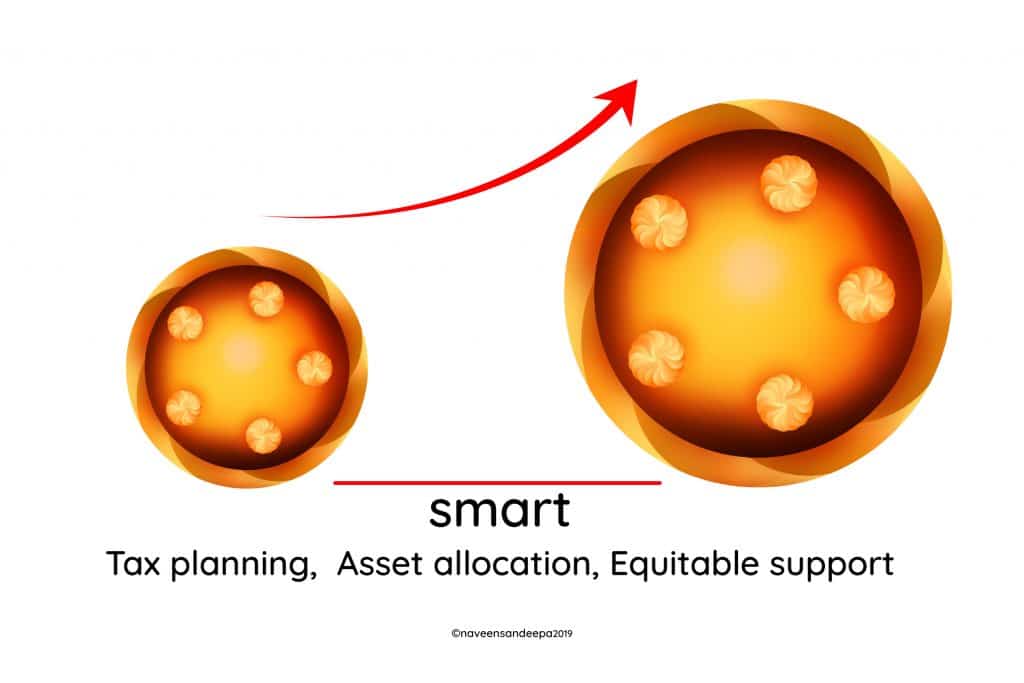Cheapest Way To Get a Divorce in Ontario
Divorce can be a stressful and costly process, but it doesn’t have to be. If you’re seeking the “cheapest divorce” in Ontario, you’re in the right place. Understanding how to achieve a cost-effective divorce without compromising on quality is crucial for many couples. At Divorce the Smartway (DTSW), we’ve made it our mission to provide an affordable and straightforward solution with our Naked Divorce Filer.
Get Your Divorce Papers with Plans from $450 to $689
30-Day Lowest Price Guarantee
Naked Divorce Filer Price Guarantee
Ontario Uncontested Divorce Application Preparation Service
Our 30-Day Price Guarantee
At DTSW, we are committed to offering the best value for our Basic Plus Plan, which includes preparing documents for filing a simple and joint uncontested divorce application. Find a lower price for a comparable service from any Ontario-based service provider. We will match their fee and refund the difference, plus an additional 10% as a bonus. Here’s how it works:
- Eligibility: This price guarantee applies to individuals or couples who have purchased our Basic Plus Plan for a simple and joint uncontested divorce application.
- Comparable Services: The competing service must include equivalent offerings, including preparing documents for filing a simple and joint uncontested divorce application.
- Submission: We’ve made the process as simple as possible. Just submit a competing webpage, advertisement, or quote showing the lower price within 30 days of entering the Naked Divorce Filer for an Ontario Divorce. Refund Process: Once your submission is verified, we will process your refund within ten days. The refund will include the difference in price plus an additional 10% of that difference.Guarantee Period: This price guarantee is valid for 30 days from the purchase of our service.
At DTSW, we stand by the quality and value of our services. Our commitment is unwavering, and we strive to ensure you receive the best possible pricing.
If you have any questions or need to submit a price match claim, please get in touch with our customer service team.
Experience the Simplicity of Naked Divorce Filer
Take the Next Step
Complete the Naked Divorce Filer Qualifying Questionnaire
Start your journey towards a smart, simple, and cost-effective divorce today. Click the link below to complete our qualifying questionnaire and see if Naked Divorce Filer is right for you.
Naked Divorce Filer Questionnaire
Our Naked Divorce Filer offers a time-saving and cost-effective solution for your divorce process. Check if your situation qualifies for this streamlined approach.
About the Naked Divorce Filer
Introducing Naked Divorce Filer: Your Smart, Simple, and Cost-Effective Path to Divorce. We understand that divorce can be a financially challenging time, and that’s why we’ve designed Naked Divorce Filer to be a cost-effective solution for you.
At Divorce the Smartway, we understand the financial strain that divorce can bring. We believe that obtaining a divorce application shouldn’t drain your wallet with exorbitant legal fees. That’s why we’ve harnessed the power of technology to streamline the process, making it as hassle-free and cost-effective as possible.
Enter Naked Divorce Filer – a tool designed to simplify your journey. By completing our straightforward online questionnaire, you’re taking the first step toward a new chapter. Once submitted, our dedicated team springs into action, meticulously preparing your divorce application documents. We ensure every detail is legally compliant and error-free, giving you peace of mind and saving you time and stress.
But don’t let the online nature of Naked Divorce Filer fool you – we’re all about the personal touch. Our team is always ready to assist you at any process stage. You’ll even be assigned a document specialist who you can call or email anytime. We’re here to support you every step of the way, ensuring you never feel alone in this process.
Experience the Unmatched Simplicity of Naked Divorce Filer
Say goodbye to the complexities of traditional divorce procedures and embrace the simplicity of Naked Divorce Filer. We’ve replaced the intimidating blank forms and costly lawyer consultations with an intuitive, step-by-step online questionnaire. It’s like conversing with a lawyer but without the hefty price tag, making the process comfortable and easy for you.
A Revolution in Divorce Processing
Experience the Unique Advantage of Naked Divorce Filer: A Game-Changer in Divorce Processing. Imagine a world where filing for an uncontested divorce doesn’t drain your finances.
A world where you’re not tied down by the traditional constraints of the legal profession but instead empowered by modern technology. That’s the world Naked Divorce Filer offers you, a world many divorce lawyers would prefer to keep hidden.
Consider this: a lawyer typically charges you and your spouse $2,500 to $3,000 for an uncontested divorce. This hefty price tag is a direct result of the legal profession’s resistance to modern technology. But just as technology has revolutionized banking, making it more accessible and efficient, divorce processing can also benefit from these advancements.
Yet, traditional divorce applications remain labour-intensive, with no online systems to save time and money. As a result, lawyers charge exorbitant fees not by choice, but due to outdated methods. This is where Naked Divorce Filer steps in, offering a cost-effective solution that can save you a significant amount of money.
Would you pay such a sum for a tax return? Not! The tax industry has harnessed technology to simplify processes and make them affordable. It’s time the legal profession follows suit.
Here’s the good news: With Naked Divorce Filer, you can step into the future. Our platform uses cutting-edge technology to reduce the cost of applying for a simple, uncontested divorce. So, the choice is yours. Pay a lawyer $2,500 to $3,000, or embrace the future with Naked Divorce Filer. Choose wisely; choose smartly.
Choose Naked Divorce Filer and take control of your divorce process.
11 Key Takeaways about Cheapest Divorce in Ontario
- Affordable Plans: Divorce the Smartway offers plans starting from $489 to $689 for uncontested divorce applications.
- Price Guarantee: They provide a 30-day price guarantee to match any lower price from Ontario-based service providers and refund the difference plus 10%.
- Cost-Effective Solution: Using the Naked Divorce Filer can significantly reduce costs compared to traditional lawyer fees.
- Simple Process: The process involves a straightforward online questionnaire.
- Personal Touch: Each client is assigned a document specialist for support.
- Efficiency: The service aims to make the divorce process hassle-free and quick.
- Legal Compliance: Ensures all documents are legally compliant and error-free.
- No Hidden Fees: Transparent pricing with no unexpected costs.
- Customer Support: Continuous support available via phone or email.
- Technology-Driven: Utilizes modern technology to streamline the divorce application process.
- Community Trust: Serving Ontario communities since 2010 with a commitment to quality and affordability.



